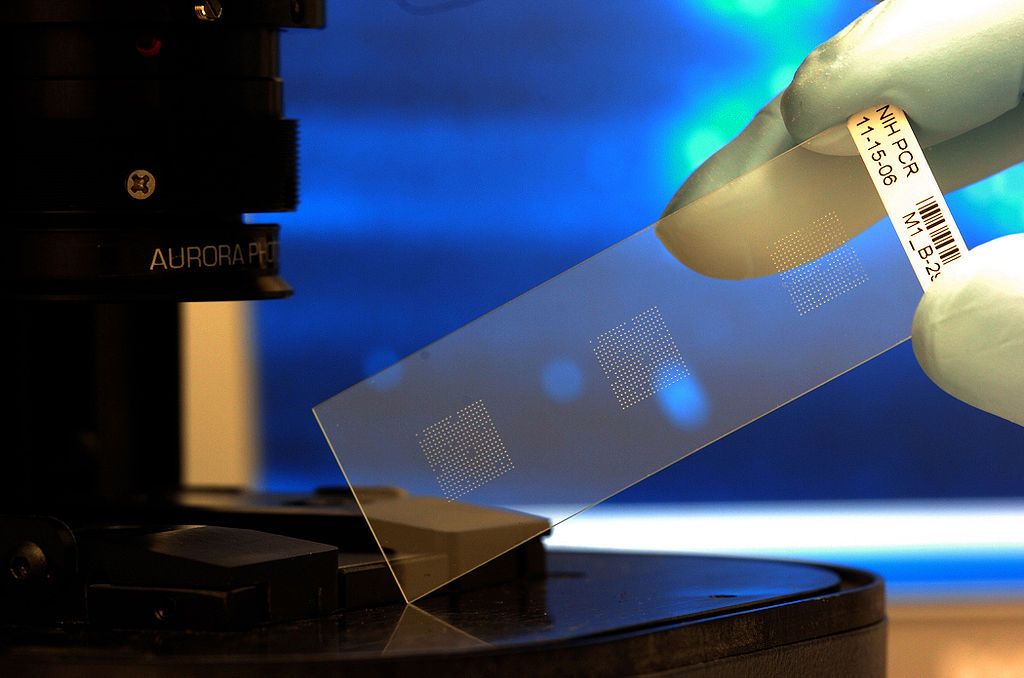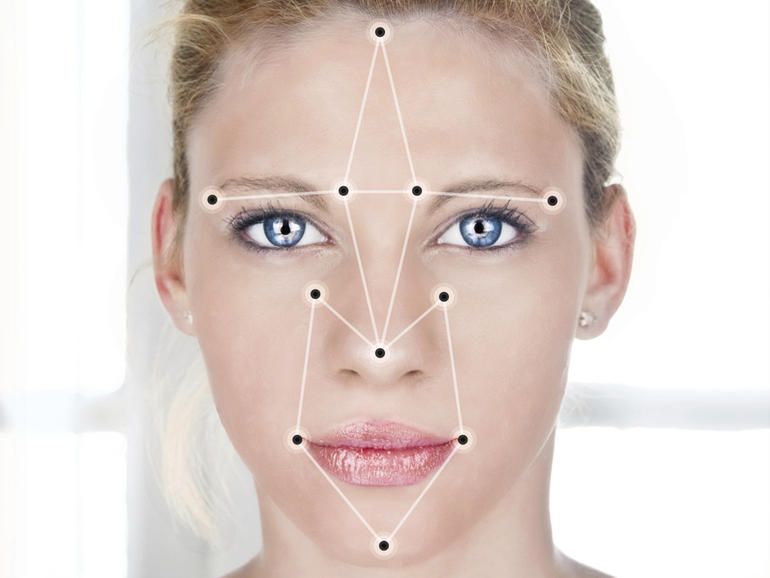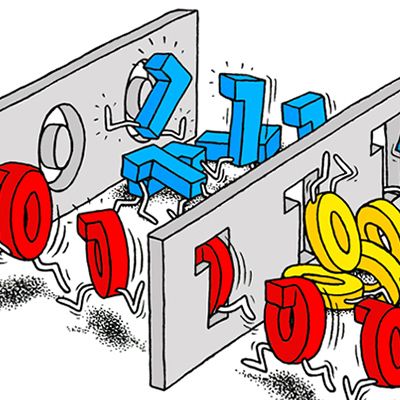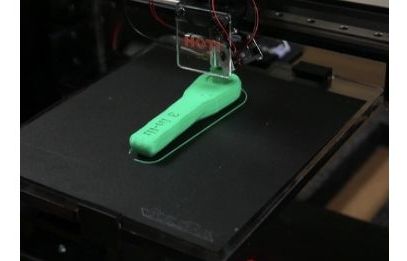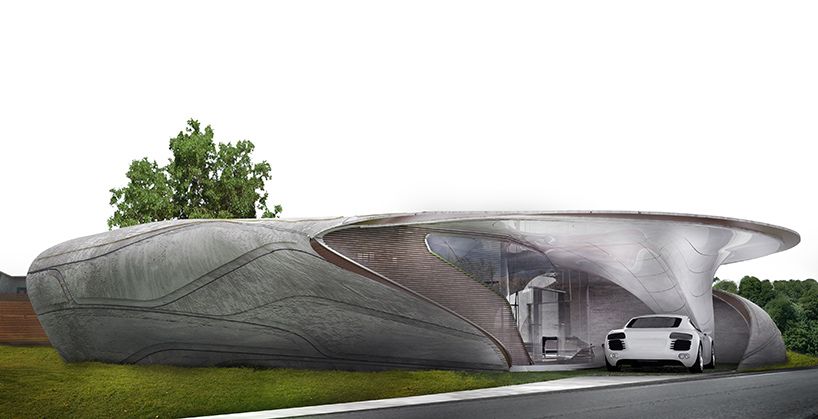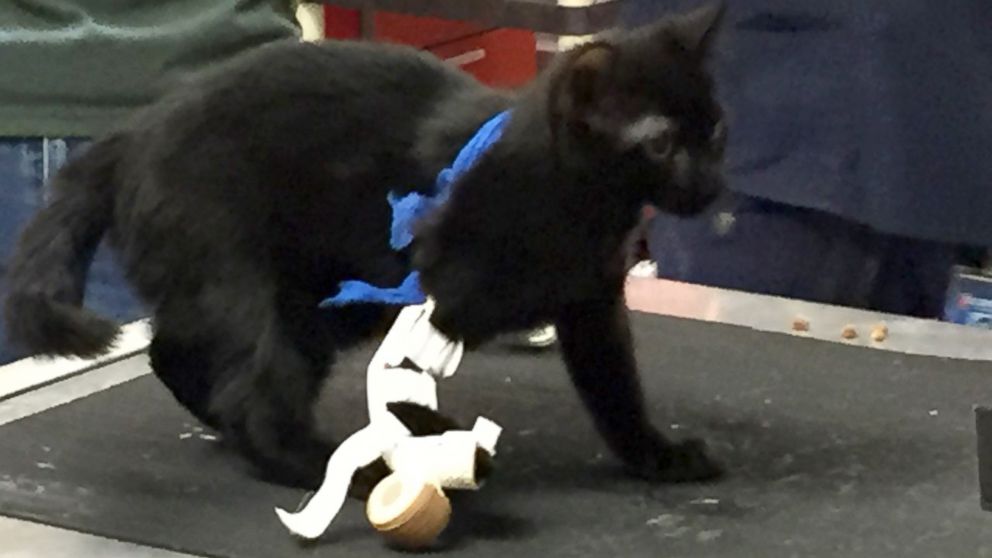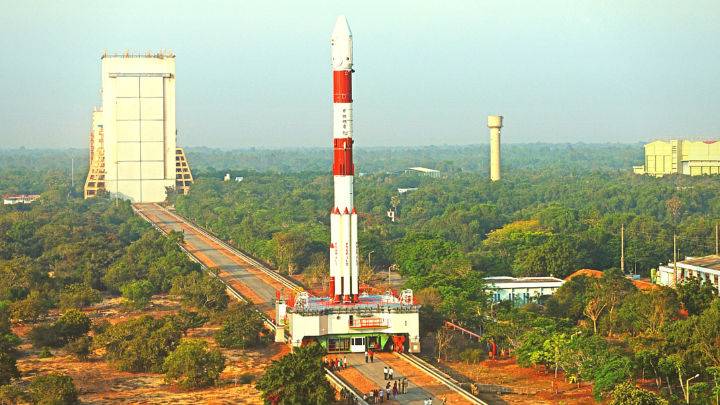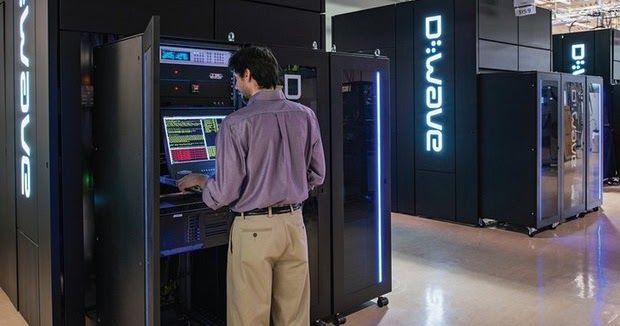Jun 2, 2016
Cancer Treatment Update: 3D Hydrogel Biochip To Help Increase Colorectal Cancer Survival
Posted by Karen Hurst in categories: biotech/medical, physics
A 3D hydrogel biochip, a new way of detecting colorectal cancer in the early stages, has been discovered by the scientists at the Moscow Institute of Physics and Technology. The announcement was made in time for the upcoming conference of the annual American Society of Clinical Oncology.
Like Us on Facebook
The 3D hydrogel biochip will be using antibodies to determine the CRC specific glycans that emerge in the earliest stages of cancer, with the hope of improving today’s survival rates. These biochips are 3D cells consisting of a special gel that has molecular probes. Based on reports, the physical feature of the gel is an optimal form for running tests. The Russian scientists were able to develop a method that can calculate the concentration of antibodies-to-glycans in the patient’s blood. This means that combining the biochips into a patient’s blood sample will give the mot precise results.
